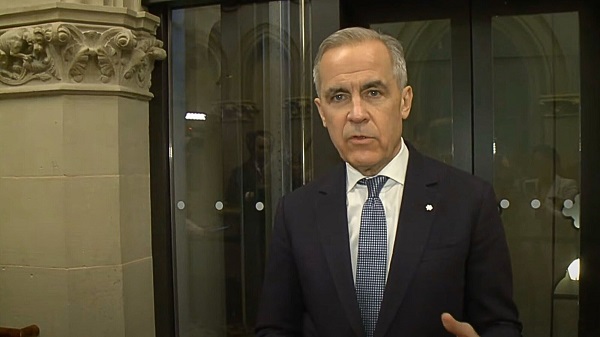Alberta
Alberta extracting more value from oil and gas resources: ATB
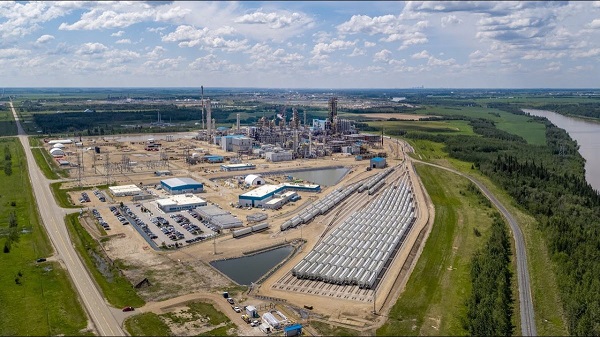
From the Canadian Energy Centre
By Will Gibson
Investment in ‘value-added’ projects more than doubled to $4 billion in 2024
In the 1930s, economist Harold Innis coined the term “hewers of wood and drawers of water” to describe Canada’s reliance on harvesting natural resources and exporting them elsewhere to be refined into consumer products.
Almost a century later, ATB Financial chief economist Mark Parsons has highlighted a marked shift in that trend in Alberta’s energy industry, with more and more projects that upgrade raw hydrocarbons into finished products.
ATB estimates that investment in projects that generate so-called “value-added” products like refined petroleum, hydrogen, petrochemicals and biofuels more than doubled to reach $4 billion in 2024.
“Alberta is extracting more value from its natural resources,” Parsons said.
“It makes the provincial economy somewhat more resilient to boom and bust energy price cycles. It creates more construction and operating jobs in Alberta. It also provides a local market for Alberta’s energy and agriculture feedstock.”
The shift has occurred as Alberta’s economy adjusts to lower levels of investment in oil and gas extraction.
While overall “upstream” capital spending has been rising since 2022 — and oil production has never been higher — investment last year of about $35 billion is still dramatically less than the $63 billion spent in 2014.
Parsons pointed to Dow’s $11 billion Path2Zero project as the largest value-added project moving ahead in Alberta.
The project, which has support from the municipal, provincial and federal governments, will increase Dow’s production of polyethylene, the world’s most widely used plastic.
By capturing and storing carbon dioxide emissions and generating hydrogen on-site, the complex will be the world’s first ethylene cracker with net zero emissions from operations.
Other major value-added examples include Air Products’ $1.6 billion net zero hydrogen complex, and the associated $720 million renewable diesel facility owned by Imperial Oil. Both projects are slated for startup this year.
Parsons sees the shift to higher value products as positive for the province and Canada moving forward.
“Downstream energy industries tend to have relatively high levels of labour productivity and wages,” he said.
“A big part of Canada’s productivity problem is lagging business investment. These downstream investments, which build off existing resource strengths, provide one pathway to improving the country’s productivity performance.”
Heather Exner-Pirot, the Macdonald-Laurier Institute’s director of energy, natural resources and environment, sees opportunities for Canada to attract additional investment in this area.
“We are able to benefit from the mistakes of other regions. In Germany, their business model for creating value-added products such as petrochemicals relies on cheap feedstock and power, and they’ve lost that due to a combination of geopolitics and policy decisions,” she said.
“Canada and Alberta, in particular, have the opportunity to attract investment because they have stable and reliable feedstock with decades, if not centuries, of supply shielded from geopolitics.”
Exner-Pirot is also bullish about the increased market for low-carbon products.
“With our advantages, Canada should be doing more to attract companies and manufacturers that will produce more value-added products,” she said.
Like oil and gas extraction, value-added investments can help companies develop new technologies that can themselves be exported, said Shannon Joseph, chair of Energy for a Secure Future, an Ottawa-based coalition of Canadian business and community leaders.
“This investment creates new jobs and spinoffs because these plants require services and inputs. Investments such as Dow’s Path2Zero have a lot of multipliers. Success begets success,” Joseph said.
“Investment in innovation creates a foundation for long-term diversification of the economy.”
Alberta
Made in Alberta! Province makes it easier to support local products with Buy Local program

Show your Alberta side. Buy Local. |
When the going gets tough, Albertans stick together. That’s why Alberta’s government is launching a new campaign to benefit hard-working Albertans.
Global uncertainty is threatening the livelihoods of hard-working Alberta farmers, ranchers, processors and their families. The ‘Buy Local’ campaign, recently launched by Alberta’s government, encourages consumers to eat, drink and buy local to show our unified support for the province’s agriculture and food industry.
The government’s ‘Buy Local’ campaign encourages consumers to buy products from Alberta’s hard-working farmers, ranchers and food processors that produce safe, nutritious food for Albertans, Canadians and the world.
“It’s time to let these hard-working Albertans know we have their back. Now, more than ever, we need to shop local and buy made-in-Alberta products. The next time you are grocery shopping or go out for dinner or a drink with your friends or family, support local to demonstrate your Alberta pride. We are pleased tariffs don’t impact the ag industry right now and will keep advocating for our ag industry.”
Alberta’s government supports consumer choice. We are providing tools to help folks easily identify Alberta- and Canadian-made foods and products. Choosing local products keeps Albertans’ hard-earned dollars in our province. Whether it is farm-fresh vegetables, potatoes, honey, craft beer, frozen food or our world-renowned beef, Alberta has an abundance of fresh foods produced right on our doorstep.
Quick facts
- This summer, Albertans can support local at more than 150 farmers’ markets across the province and meet the folks who make, bake and grow our food.
- In March 2023, the Alberta government launched the ‘Made in Alberta’ voluntary food and beverage labelling program to support local agriculture and food sectors.
- Through direct connections with processors, the program has created the momentum to continue expanding consumer awareness about the ‘Made in Alberta’ label to help shoppers quickly identify foods and beverages produced in our province.
- Made in Alberta product catalogue website
Related information
Alberta
Province to expand services provided by Alberta Sheriffs: New policing option for municipalities

Expanding municipal police service options |
Proposed amendments would help ensure Alberta’s evolving public safety needs are met while also giving municipalities more options for local policing.
As first announced with the introduction of the Public Safety Statutes Amendment Act, 2024, Alberta’s government is considering creating a new independent agency police service to assume the police-like duties currently performed by Alberta Sheriffs. If passed, Bill 49 would lay additional groundwork for the new police service.
Proposed amendments to the Police Act recognize the unique challenges faced by different communities and seek to empower local governments to adopt strategies that effectively respond to their specific safety concerns, enhancing overall public safety across the province.
If passed, Bill 49 would specify that the new agency would be a Crown corporation with an independent board of directors to oversee its day-to-day operations. The new agency would be operationally independent from the government, consistent with all police services in Alberta. Unlike the Alberta Sheriffs, officers in the new police service would be directly employed by the police service rather than by the government.
“With this bill, we are taking the necessary steps to address the unique public safety concerns in communities across Alberta. As we work towards creating an independent agency police service, we are providing an essential component of Alberta’s police framework for years to come. Our aim is for the new agency is to ensure that Albertans are safe in their communities and receive the best possible service when they need it most.”
Additional amendments would allow municipalities to select the new agency as their local police service once it becomes fully operational and the necessary standards, capacity and frameworks are in place. Alberta’s government is committed to ensuring the new agency works collaboratively with all police services to meet the province’s evolving public safety needs and improve law enforcement response times, particularly in rural communities. While the RCMP would remain the official provincial police service, municipalities would have a new option for their local policing needs.
Once established, the agency would strengthen Alberta’s existing policing model and complement the province’s current police services, which include the RCMP, Indigenous police services and municipal police. It would help fill gaps and ensure law enforcement resources are deployed efficiently across the province.
Related information
-

 2025 Federal Election2 days ago
2025 Federal Election2 days agoRCMP Whistleblowers Accuse Members of Mark Carney’s Inner Circle of Security Breaches and Surveillance
-
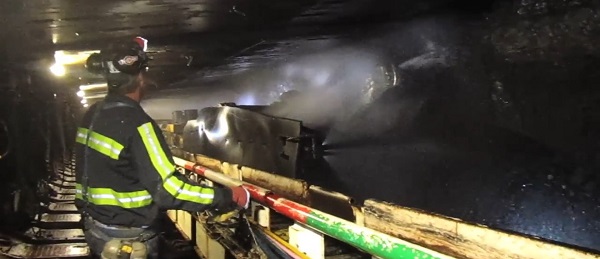
 Daily Caller21 hours ago
Daily Caller21 hours agoTrump Executive Orders ensure ‘Beautiful Clean’ Affordable Coal will continue to bolster US energy grid
-
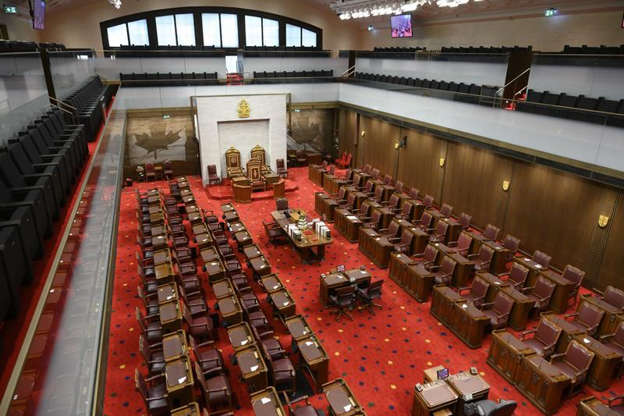
 2025 Federal Election2 days ago
2025 Federal Election2 days agoBureau Exclusive: Chinese Election Interference Network Tied to Senate Breach Investigation
-
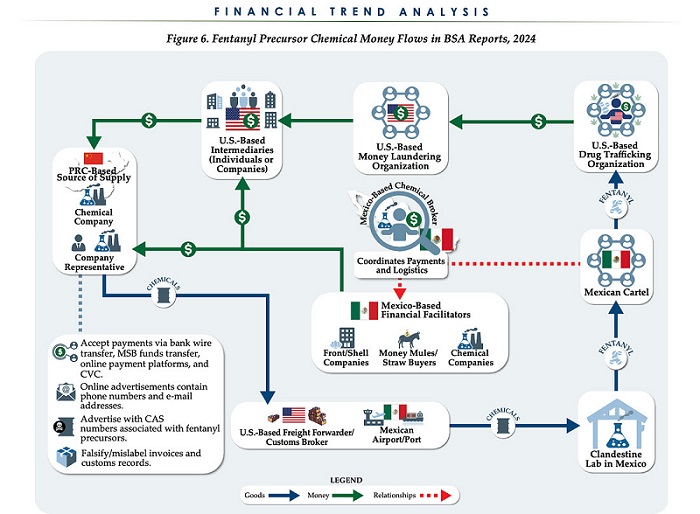
 Business23 hours ago
Business23 hours agoChina, Mexico, Canada Flagged in $1.4 Billion Fentanyl Trade by U.S. Financial Watchdog
-

 2025 Federal Election21 hours ago
2025 Federal Election21 hours agoBREAKING from THE BUREAU: Pro-Beijing Group That Pushed Erin O’Toole’s Exit Warns Chinese Canadians to “Vote Carefully”
-

 2025 Federal Election1 day ago
2025 Federal Election1 day agoTucker Carlson Interviews Maxime Bernier: Trump’s Tariffs, Mass Immigration, and the Oncoming Canadian Revolution
-
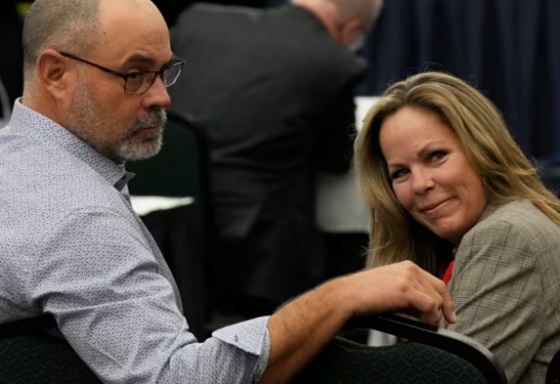
 COVID-1917 hours ago
COVID-1917 hours agoTamara Lich and Chris Barber trial update: The Longest Mischief Trial of All Time continues..
-
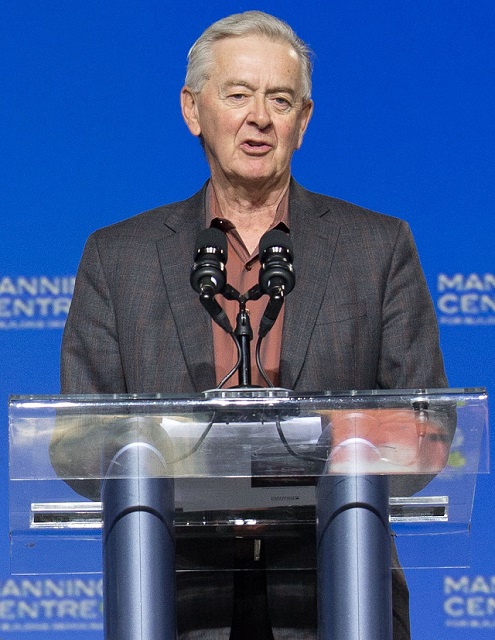
 2025 Federal Election19 hours ago
2025 Federal Election19 hours agoAllegations of ethical misconduct by the Prime Minister and Government of Canada during the current federal election campaign




